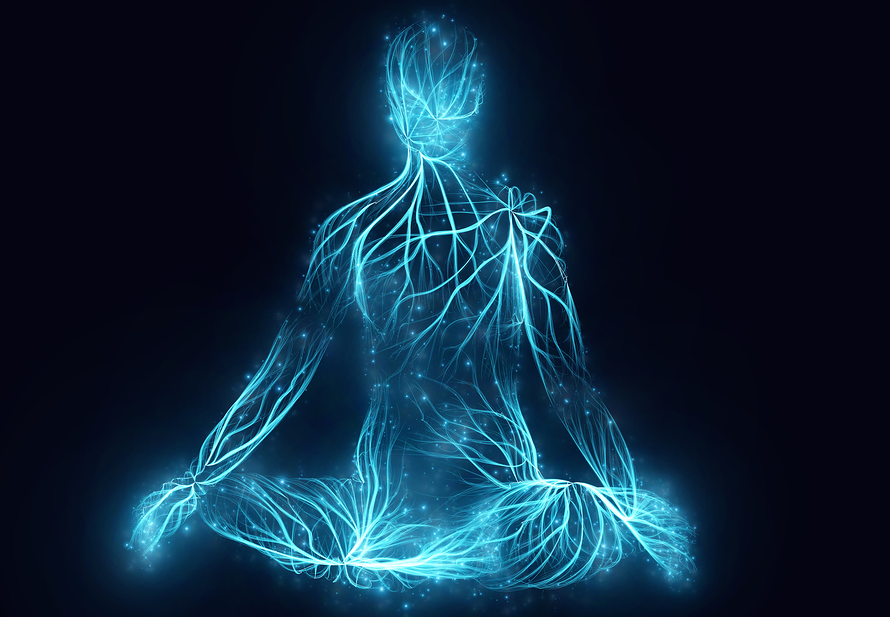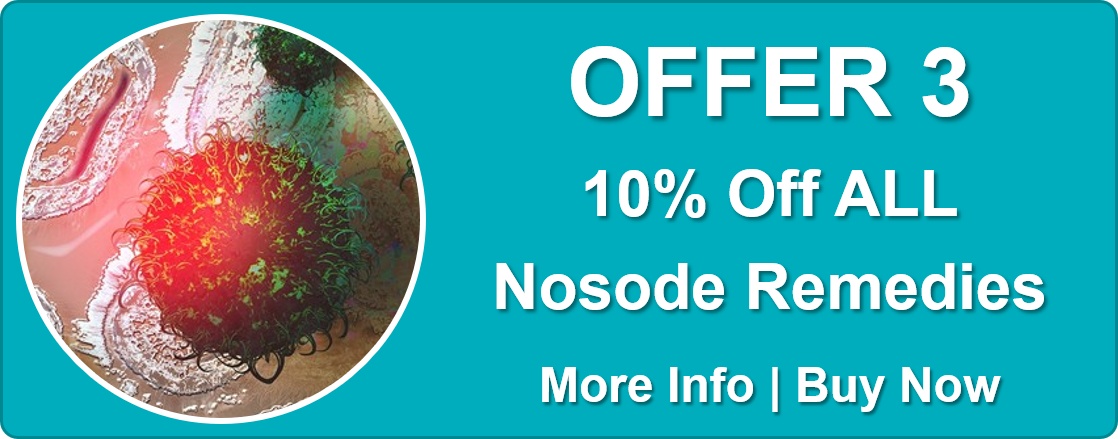Tutorial 7 – The Vital Force
The Vital Force – What It Is and What It Does

So far in our tutorials, we’ve learned:
- The name “Homeopathy” originates from two Greek words meaning “similar suffering.”
- Substances tested on healthy individuals can produce symptoms.
- Both humans and animals exhibit symptoms when unwell.
- When a substance’s symptoms closely match those of a sick person, it can be prescribed based on the Law of Similars to stimulate healing.
- Homeopathically prepared substances are called “remedies.”
- Remedies can be prescribed as crude chemicals or potentized, sub-molecular forms devoid of side effects.
- Potentized remedies offer several benefits, such as non-toxicity, no interaction with other medications, affordability, and deep healing.
Now, a question arises: If homeopathic remedies don’t rely on chemicals, how do they work? To answer this, we must explore the concept of the Vital Force.
Health and the Vital Force’s Role
All living beings possess an intrinsic force that sustains and directs life. This force is a form of energy responsible for all biophysical and biochemical processes, distinguishing living from non-living matter. It has been referred to as innate intelligence, life principle, life force, vitality, dynamis, regulatory force, or vital energy in English. In other cultures, it is known as qi, chi, or prana. Hahnemann, the founder of homeopathy, called it the Vital Force.
The Vital Force enables all living entities to self-heal and adapt to environmental changes. In humans, it orchestrates the harmonious functioning of various body systems, similar to how a conductor directs an orchestra to create a cohesive musical piece.
The Vital Force and Disease
When a plant or animal is diseased or a person falls ill, symptoms are often considered the root of the problem. In reality, symptoms are secondary changes resulting from a deeper disturbance. Apart from injuries, disease and ill-health symptoms stem from an energetic disruption to the Vital Force. Psychic shocks, like deep grief, prolonged anxiety, terror, disappointment, or extreme joy, can cause this disruption. Physical shocks can result from infectious diseases, elemental exposure, trauma, malnutrition, or extreme exertion.
When the Vital Force is energetically disrupted, it strives to regain balance and maintain life. This struggle generates signs and symptoms, which are not the disturbance but rather byproducts of the struggle. In acute conditions like the flu, gastroenteritis, or headaches, the Vital Force typically prevails, leading to recovery. However, sometimes the balance isn’t restored, resulting in death or the development of chronic disease.
Chronic diseases can stem from unresolved acute issues or directly from life’s mental, emotional, or physical challenges. These conditions, including lung, digestive, and skin disorders, and arthritis, persist and worsen with age, ultimately causing long-term damage and death.
While the Vital Force can overcome acute disease imbalances, it can only contain those caused by chronic diseases. It engages in a prolonged battle to preserve life, and the symptoms we associate with the disease are merely byproducts of this deeper energetic struggle. These symptoms do provide valuable insights on how to assist the Vital Force in correcting rather than containing its imbalance, ultimately restoring the individual’s health. The next tutorial will discuss this process and homeopathy’s role in it.
Tutorials
- Homeopathy: an Introduction
- Tutorial 1 – The Law of Similars
- Tutorial 2 – Law of Similars Discovered
- Tutorial 3 – Potentisation
- Tutorial 4 – Three Scales of Potency
- Tutorial 5 – Benefits of Potentisation
- Tutorial 6 – Provings
- Tutorial 7 – The Vital Force
- Tutorial 8 – Potentised Remedies and the Vital Force
- Tutorial 9 – Palliation, Supression or Cure?
- Tutorial 10 – Direction of Cure
- Tutorial 11 – Return of Old Symptoms
- Tutorial 12 – Homeopathy and Other Medicinal Therapies
- Tutorial 13 – Finding a Good Homeopath
- Tutorial 14 – That First Appointment
- Tutorial 15 – What to Expect (Part A)
- Tutorial 16 – What to Expect (Part B)







